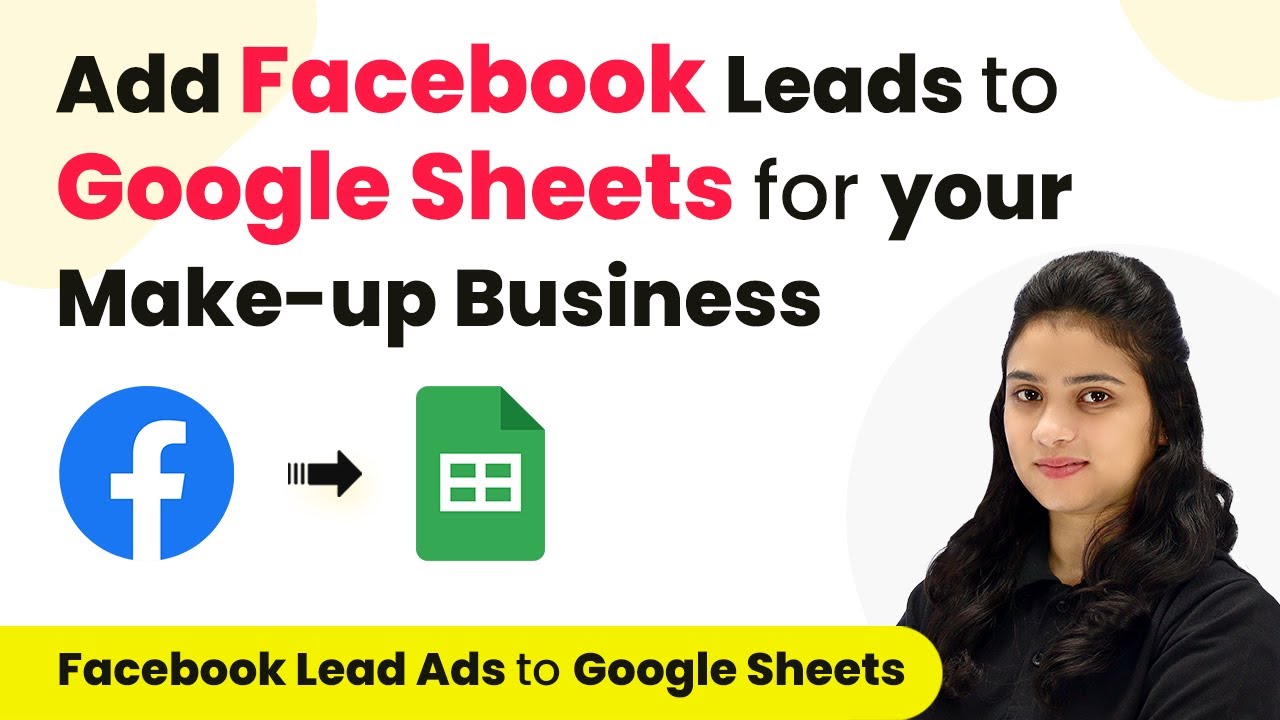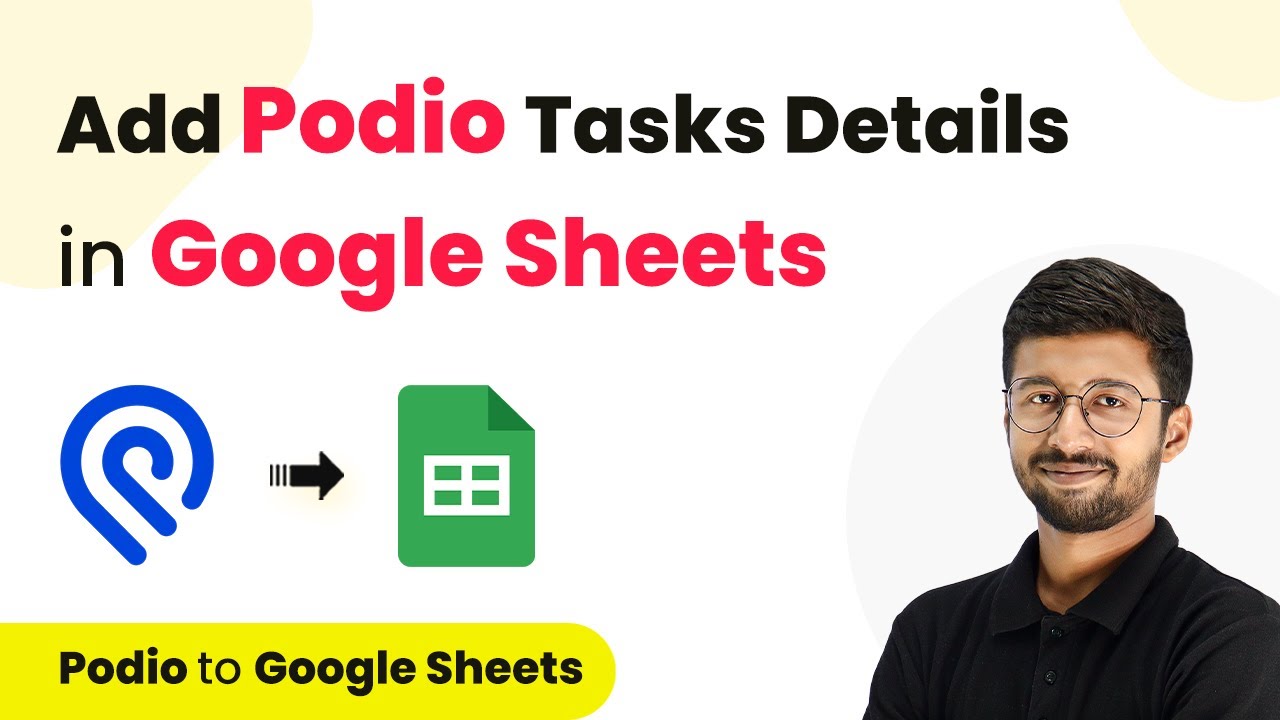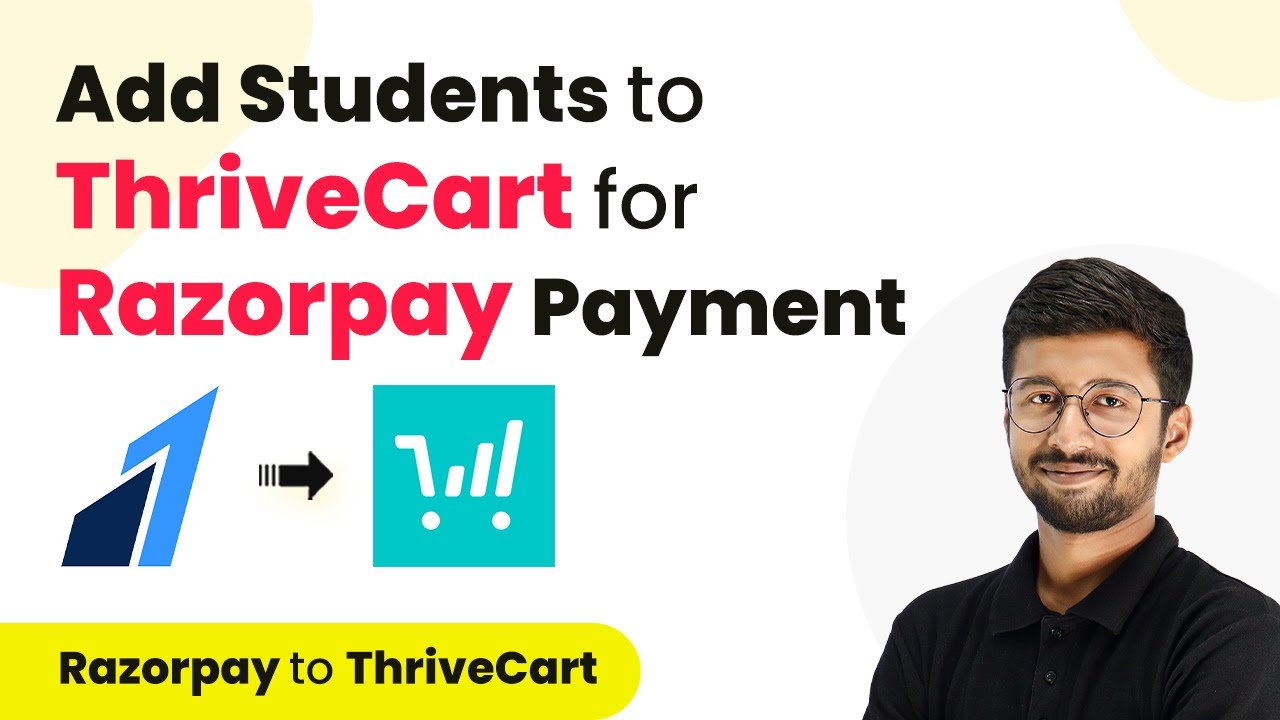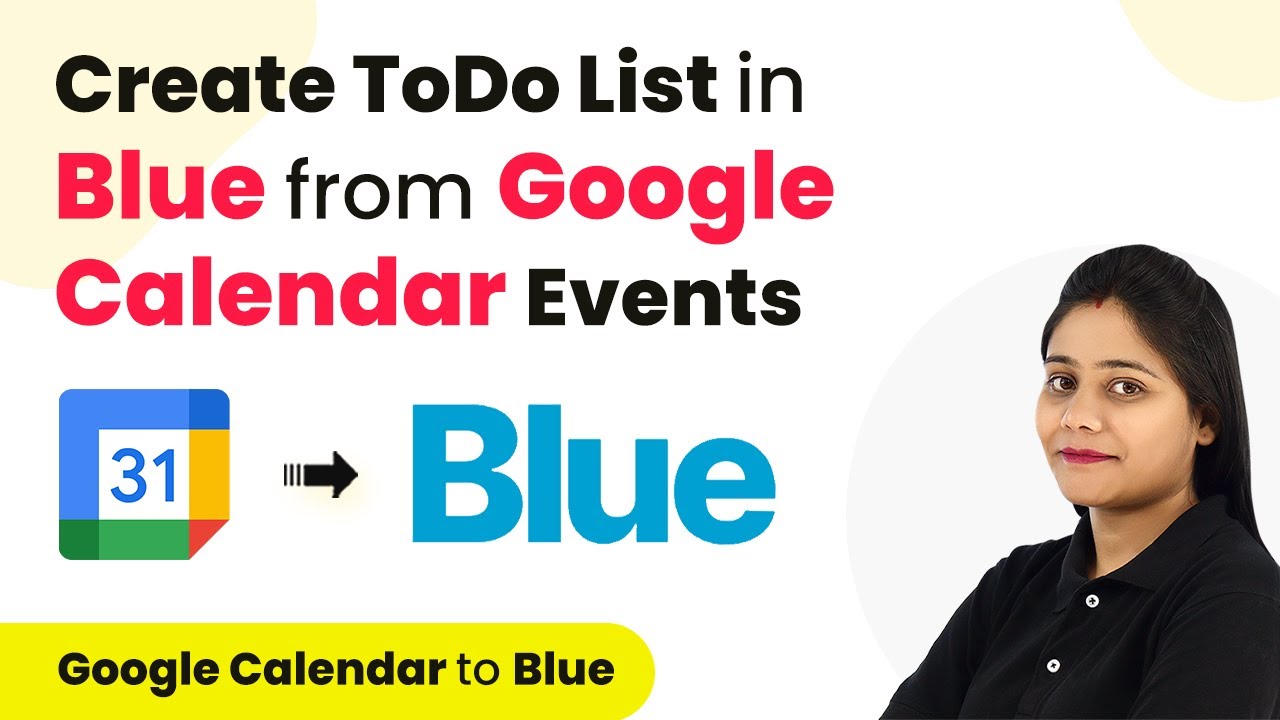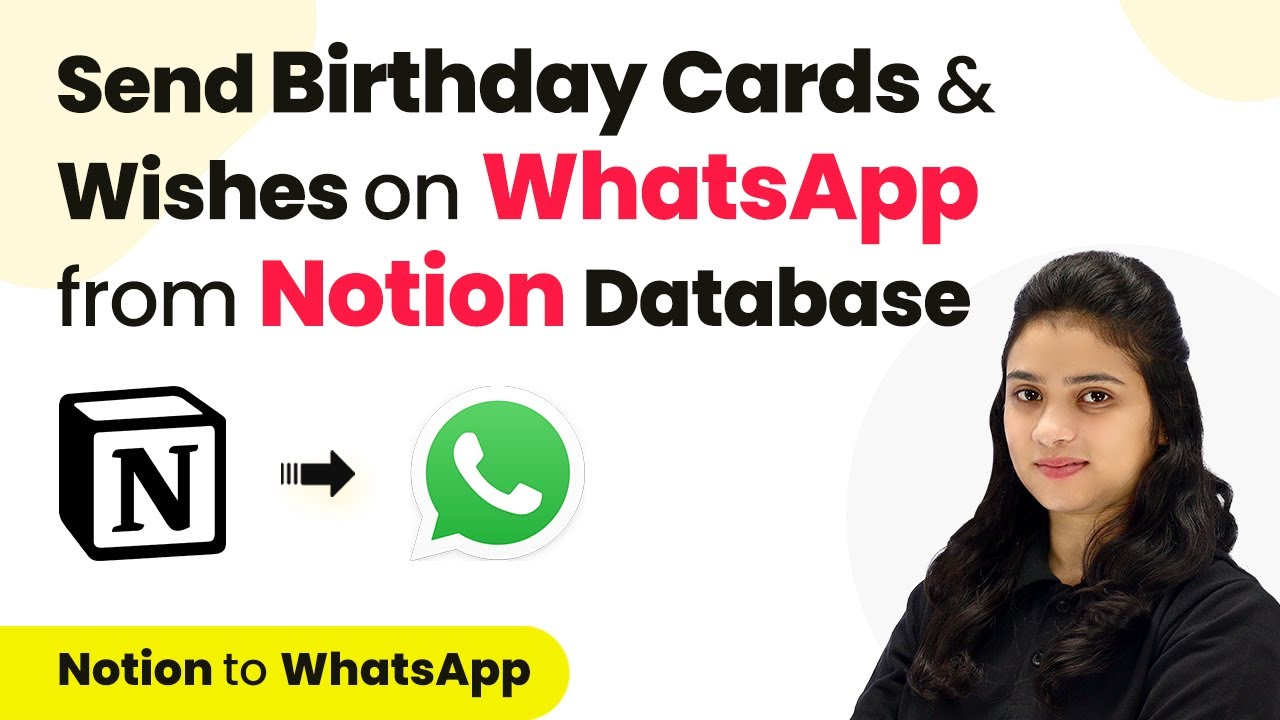Learn how to automate the process of adding Facebook leads to Google Sheets for your makeup business using Pabbly Connect. Follow our step-by-step tutorial for seamless integration.
Watch Step By Step Video Tutorial Below
1. Accessing Pabbly Connect for Facebook Leads Integration
To integrate Facebook leads with Google Sheets, start by accessing Pabbly Connect. This platform allows you to automate tasks without any coding skills. Simply visit the Pabbly Connect homepage by typing the URL in your browser.
Once on the homepage, you will see options to sign in or sign up for free. If you are a new user, click on the ‘Sign Up for Free’ button to create your account. After registration, you will receive 100 free tasks each month to explore the features of Pabbly Connect.
2. Creating a Workflow in Pabbly Connect
After signing in, navigate to the dashboard of Pabbly Connect. Here, you can create a new workflow by clicking on the ‘Create Workflow’ button. This opens a dialog box where you can name your workflow, such as ‘Add Facebook Leads to Google Sheets for Makeup Studio’.
- Click on ‘Create’ to proceed after naming the workflow.
- You will see two windows: one for the trigger and another for the action.
In this setup, the trigger will be Facebook Lead Ads, and the action will be Google Sheets. This means that whenever a new lead is generated, the details will automatically be added to Google Sheets through Pabbly Connect.
3. Setting Up Facebook Leads as Trigger in Pabbly Connect
To set up the trigger, select ‘Facebook Lead Ads’ as the trigger application in Pabbly Connect. The trigger event will be ‘New Lead Instant’. This means that the workflow starts whenever a new lead is generated.
Click on ‘Connect’ and select ‘Add New Connection’ to link your Facebook account. After successful authorization, choose your Facebook page and the lead generation form you created for your makeup business. This allows Pabbly Connect to capture lead details automatically.
4. Testing the Integration with Pabbly Connect
Once the connection is established, you will see a waiting message for a webhook response, indicating that you need to submit a test lead. To do this, use the Facebook Lead Ads Testing Tool from the Meta for Developers page.
After submitting the test lead, return to Pabbly Connect to check for the captured response. If successful, you will see the lead’s email, full name, and phone number. This confirms that the integration between Facebook Lead Ads and Pabbly Connect is working correctly.
5. Adding Leads to Google Sheets via Pabbly Connect
Now, select Google Sheets as the action application in Pabbly Connect. Choose the action event ‘Add New Row’ to add the lead details to your Google Sheets. Click on ‘Connect’ and authorize your Google account to allow Pabbly Connect access.
After connecting, select the spreadsheet where you want to save the leads. Map the fields from the previous response to the corresponding columns in Google Sheets, such as name, email, and phone number. This dynamic mapping ensures that every new lead is automatically recorded in your Google Sheets.
Conclusion
In this tutorial, we demonstrated how to automate the process of adding Facebook leads to Google Sheets using Pabbly Connect. By following these steps, you can effortlessly create a record of all your leads without manual effort, enhancing your makeup business’s efficiency.
Ensure you check out Pabbly Connect to create business automation workflows and reduce manual tasks. Pabbly Connect currently offer integration with 2,000+ applications.
- Check out Pabbly Connect – Automate your business workflows effortlessly!
- Sign Up Free – Start your journey with ease!
- 10,000+ Video Tutorials – Learn step by step!
- Join Pabbly Facebook Group – Connect with 21,000+ like minded people!
